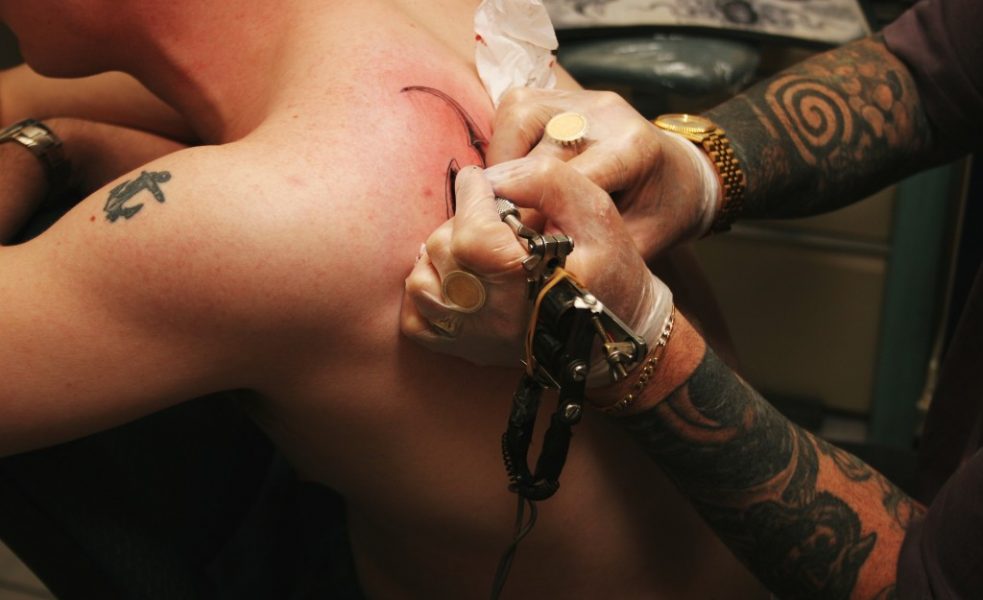Do you know that approximately 35 percent of individuals in the United States have at least one tattoo? Studies show an increasing trend in the number of people with tattoos over the past decade. However, most surveys show that one out of eight individuals with tattoos undergoes laser tattoo removal due to cosmetic purposes. In Utah, aesthetic specialists offer nonsurgical and non-invasive techniques to remove tattoos.
How Does Laser Tattoo Removal Work?
Laser tattoo removal works through the penetration and breakdown of substances that comprise the ink. The device is comprised of a high-intensity light beam that separates the adherent pigments, which triggers the rapid decomposition and elimination of the ink.
Among the different spectra of tattoo colors, black ink is the type that disintegrates most easily due to its high absorptive capacity. Other pigments require specialized laser beams to target specific wavelengths for decomposition. Thus, it is crucial to find a medical spa that offers different variants of laser beams that target particular tattoo shades.
How Should I Prepare for Laser Tattoo Removal?

Even though laser tattoo removal is a non-invasive cosmetic procedure, sufficient preparation must be done before the operation. An initial consultation with a physician is crucial to determine the most suitable tattoo removal technique. The type of laser beam depends on your tattoo’s depth, color, and size. Most patients are also advised to manage their expectations regarding post-laser outcomes since multiple sessions are necessary to remove the pigments completely.
Most physicians also recommend the avoidance of aspirin and anticoagulants at least two weeks before the procedure. Since the skin becomes vulnerable to trauma after the procedure, the avoidance of anticoagulants will reduce the risk of post-procedural bleeding and bruising.
What Occurs During Laser Tattoo Removal?
During a laser tattoo removal session, a topical anesthetic will be applied over the area to reduce the discomfort over the area. Initial skin testing is also performed to check for the most effective wavelength for treatment. The physician then places the laser beam over the specific regions of the skin that contain ink pigments. The device then emits an intense particular wavelength that penetrates the outer and middle layers that contain pigments. Minimal laser exposure is required for smaller tattoos, whereas prolonged exposure is necessary to eliminate larger ones.
Is Laser Tattoo Removal Painful?
Most people have the misconception that tattoo removal is excruciatingly painful due to the depth of penetration during the depigmentation process. However, this procedure is less painful compared to other means of tattoo removal due to the application of topical anesthesia over the affected region. Since the laser beam does not invade the superficial and deep layers of the skin, you only experience minimal discomfort during the procedure.
In the end, laser tattoo removal is one of the most common non-invasive aesthetic procedures in the United States. Due to its efficacy and lack of adverse reactions, this procedure has become a primary option for permanent tattoo removal. Therefore, healthcare practitioners strongly recommend that you visit a medical spa that offers laser tattoo removal.



